"It's not just what it looks like and feels like. Design is how it works."
Steve Jobs
User Experience (UX) design, if you’ve not previously prioritised it, is concerned with how efficiently, effectively and enjoyably your software application performs the job it is meant to perform for end users. It’s a critical part of your software investment decision since it determines whether you need a large training budget and how much time end users want to voluntarily spend on using your application. This in turn, impacts top line KPIs such as sales revenue, repeat purchases and average spend per transaction as well as bottom line KPIs such as resource productivity and operating margins. With this in mind, whoever you engage to develop your application should be able to demonstrate a clear understanding of the importance of User Experience Design and have in-house UX designers or external strategic partners with the specialist UX design competencies.Apple Origins of UX design
The term 'user experience' was coined by Donald Arthur "Don" Norman, when he was still a User Experience Architect for Apple in 1993. Later, he became its Vice President of the Advanced Technology Group. He said he invented the term “because I thought human interface and usability were too narrow.” In simple terms, UX design covers all the aspects regarding the interaction of a specific end-user to a certain product or service.
Cost Benefit Tradeoff of UX Design
UX matters a lot whether your end users are your employees or your customers. To align it to your customer experience and profitability goals, the design of your application should be able to hypnotise visitors in just a matter of seconds as well as keep them engaged in its use for as long as possible. The content should be readily accessible and intuitively easy to navigate. Of course, you get what you pay for with UX design; which is why we advise all of our clients that this is the area they can least afford to cut cost on their development engagement. For if they under invest in it, chances are they will only be foregoing additional customers and sales revenue or productivity.
Combining UX Design and Gamification to Optimise revenue growth and productivity
Just like UX design, gamification should also be incorporated into software development. Besides being usable, ideally your application should also be compelling and addictive, and this is what gamification does. It's like adding game-like features so your users can enjoy performing each activity. When done well, gamification drives employee engagement, increased revenue per transaction and customer loyalty.
To incorporate UX design and gamification in software development, it’s essential to first identify who the end users are. Are they supplier's, employees or customers? Next, the goals of the business and the interests / motivations of end users need to be identified and understood. The application development team should then have deliberate and repeatable processes for tailoring UX design and gamification features to these goals and interests / motivations. Once the mechanics have been applied, ongoing measurement, effectiveness monitoring and improvement are essential.
In our engagements across a range of industries, technology platforms and end users, we’ve developed specialist workshops for our developers and pre release UX and Gamification checklists for all applications as a minimum. On top of this, and depending on the client budget, we have built relationships with specialist UX, Gamification and Software Testing strategic partners whom we engage to maximise user experience benefits. User experience is such a strong determinant of success or failure. Don’t let your application become one of the thousands of unadopted applications littering the app store or lying idle on business servers after significant investments in time and money.
About Codium
Codium is one of Australia’s leading providers of custom software development and support services, with a particular focus on Cloud Application Development, Business Process Automation Applications, website development / integration, Database Development and IoT services. Our Clients include ASX listed resources companies, innovative small and medium sized entities across Australia, Federal and State government institutions and community development agencies. From time to time we write about emergent themes and practices from our broad technology engagements across industries, organisation types and value chain activities. Where we have the permission of our clients, we also share case study examples of these themes and practices in action. The most recent of these can be found on our website at www.codium.com.au


